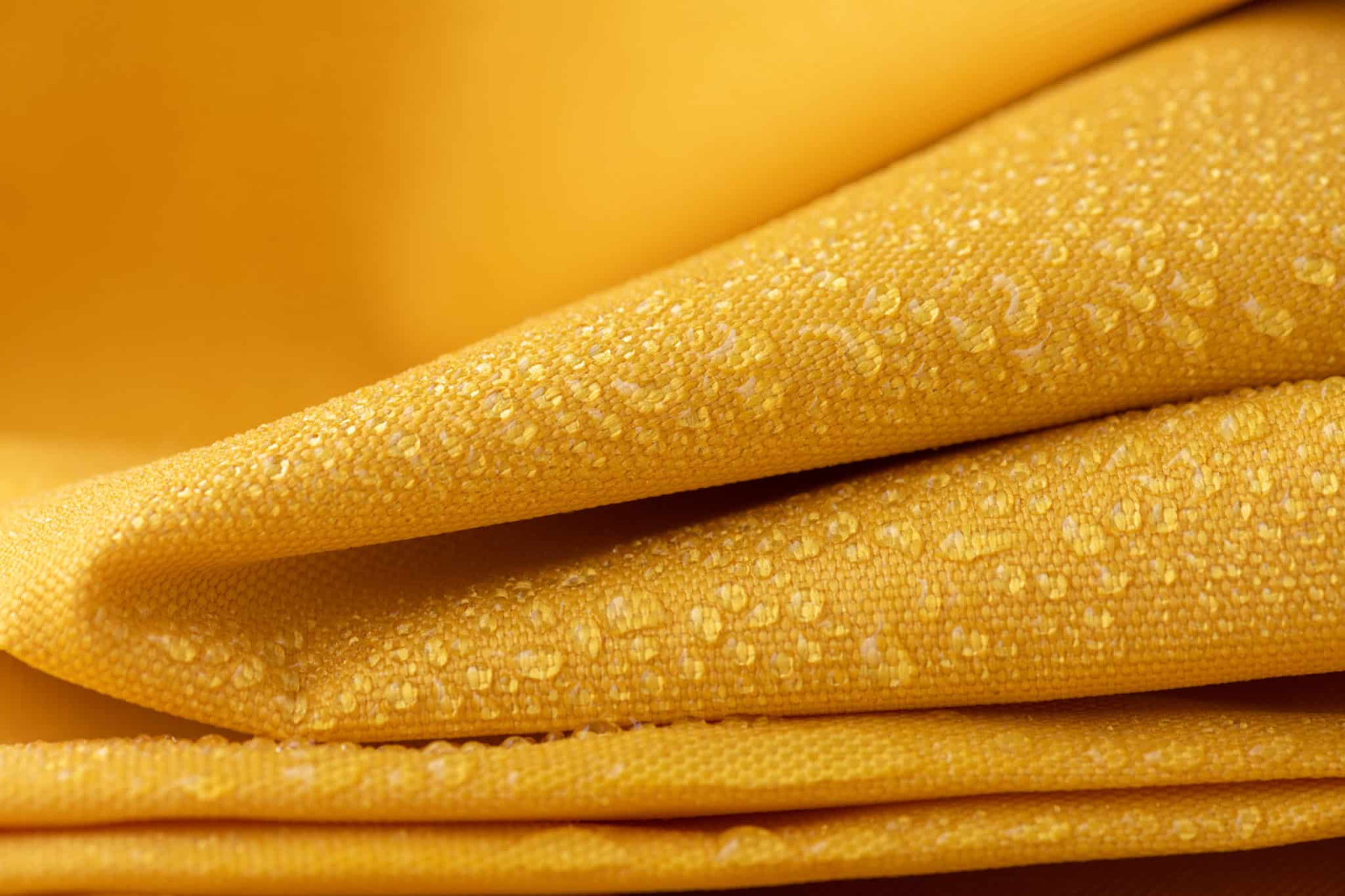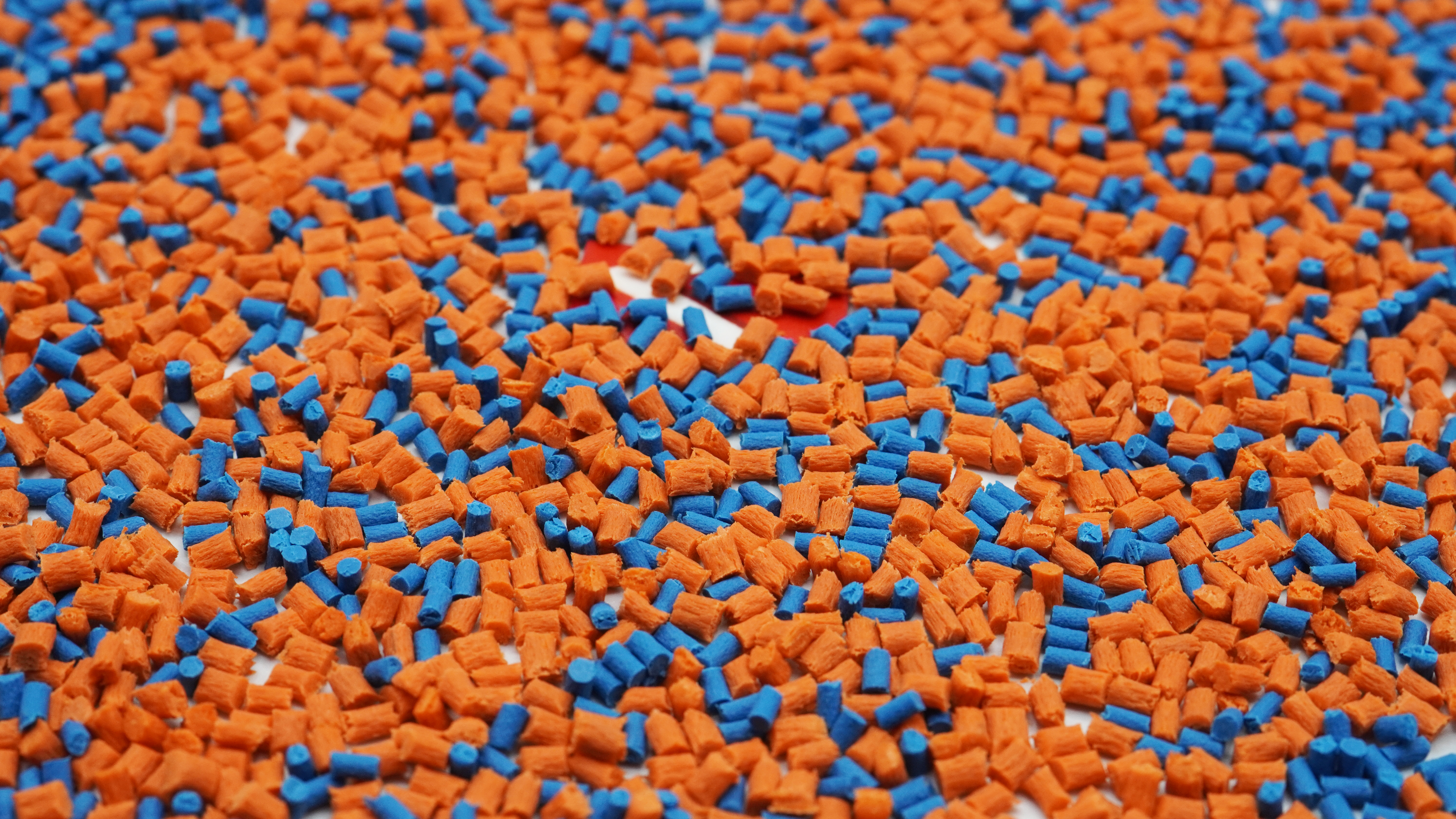Nylon, a widely used synthetic fiber, has become a staple in many applications, ranging from clothing, and home furnishings to important industries. However, the question “Does nylon shrink?” or “Does nylon shrink in the dryer?” is a topic of much debate. We will delve into the intricacies of nylon's shrinking tendencies, and the factors that influence it, and provide practical solutions to address the issue of nylon shrinkage.
1. Does nylon shrink? All types of nylon and their shrinking tendencies
Plastic nylon is a silk-like thermoplastic made from petroleum, which usually goes through the melting process into various shapes, firms, and fibers. Nylon yarn is a very common synthetic fiber, and it is generally not easy to shrink. However, nylon can experience shrinkage issues when exposed to high heat.
For example, nylon clothing can easily shrink when exposed to hot water in the range of 80-100 degrees Celsius for 10-20 minutes, or when exposed to other high-temperature environments.
Shrinkage problems can also occur during the production process of nylon materials. The shrinkage rate of nylon is affected by various factors. As a result, there is no fixed or universal shrinkage rate for nylon.
The primary reason for nylon shrinkage is due to structural changes in the nylon molecular chains. When nylon is exposed to heat, water, or other environmental factors, the distance between the molecular chains decreases, causing the material to shrink.
Does nylon shink? The degree of shrinkage can vary significantly depending on the specific type of nylon:
- Nylon 6 (PA6): Nylon 6 has a relatively low mold shrinkage rate, typically ranging from 0.5% to 2.2%. This makes it more dimensionally stable compared to some other nylon types.
- Nylon 66 (PA66): Nylon 66 has a higher mold shrinkage rate, typically between 0.7% and 3.0%. This greater degree of shrinkage needs to be accounted for in the final part dimensions.
- Nylon 6,10 (PA6,10): This nylon copolymer exhibits high mold shrinkage rates, generally in the range of 1.0% to 1.3%.
- Nylon 6,9 (PA6,9): Nylon 6,9 has a shrinkage rate of around 1.0% to 3.0%.
- Nylon 4,6 (PA46): Nylon 4,6 has a moderate shrinkage rate of 1.5% to 2.0%.
- Nylon 6,12 (PA6,12): Nylon 6,12 has a lower mold shrinkage rate compared to PA6, PA66, or PA6,10, typically ranging from 0.5% to 1.5%.
- Nylon 11 (PA11): Nylon 11 exhibits moderate shrinkage rates, around 1.0% to 1.4%.
- Nylon 12 (PA12): Nylon 12 has a shrinkage rate in the range of 0.7% to 2.0%.
Read more: What is shrinkage of plastic material?
2. Does nylon shrink? Factors affecting shrinkage

What are the factors that affect the shrinkage of nylon?
Does nylon shrink in the dryer? While pure 100% nylon fabrics are typically quite resistant to shrinking, even when thoroughly washed, the addition of other fibers can start to change this. Blended fabrics, especially those containing natural fibers like cotton, are much more prone to shrinkage. Even with proper care, some blended fabrics will still shrink to some degree.
The reason for this is that fibers like rayon or cotton absorb water better than nylon, causing them to expand as the fabric shrinks around them. As a result, the percentage of rayon, cotton, and nylon in the fabric's composition will determine how much the blended fabric is likely to shrink. So while pure nylon remains dimensionally stable, the inclusion of other, more water-absorbent fibers can make the overall fabric much more susceptible to unwanted shrinking during washing and drying.
Does nylon shink? When it comes to the shrinkage of nylon parts, several key factors come into play. Understanding these factors is crucial for mitigating and controlling shrinkage in nylon-based products.
2.1. Part shape
For nylon parts, the cooling time and shrinkage rate are generally higher for thicker wall sections. If the dimensions of the part in the melt flow direction (L) are significantly different from the dimensions perpendicular to the flow (W), the shrinkage rates can vary greatly between these directions.
2.2. Nylon material type
The specific type of nylon used, such as PA6, PA66, or copolymers, can impact the overall shrinkage rate. Nylon grades have varying molecular structures, crystallinity, and filler content, all of which affect their shrinkage behavior.
2.3. Processing conditions
Factors like melt temperature, injection speed, packing pressure, and cooling time can influence the nylon shrinkage rate. Higher melt temperatures and faster cooling tend to result in higher shrinkage, while increased packing pressure can reduce shrinkage.
2.4. Mold structure
The design of the mold has a direct impact on the shrinkage of the product. Factors such as the shape, size, and surface finish of the mold can influence how the plastic material solidifies and, consequently, the degree of shrinkage in the final product.
Specifically, mold design characteristics like:
- Mold shape (e.g. sharp edges, curvatures, etc.)
- Mold size (e.g. wall thickness, surface area, etc.)
- Mold surface finish (e.g. smoothness, roughness, etc.)
These factors will affect the solidification and hardening process of the plastic material within the mold, ultimately contributing to the level of shrinkage in the final product.
2.5. Cooling rate
Rapid cooling of nylon parts can increase shrinkage, as quick cooling leads to disorganized polymer alignment. Slower cooling allows nylon chains to properly align, reducing shrinkage but may impact production efficiency. Manufacturers must optimize cooling rates to balance shrinkage and productivity for nylon components.
Read more: What is nylon? All about its properties and common uses
3. Does nylon shrink? And how to prevent shrinkage?

Are there ways to prevent nylon from shrinking?
As for the nylon production process, several techniques can be employed to improve the shrinkage problem:
- Increased injection molding temperature: Properly increasing the temperature during the injection molding stage can enhance the flowability of the nylon material, reducing the possibility of local shrinkage.
- Extended mold cooling time: Increasing the mold cooling time allows the nylon to solidify more fully during the molding process, further minimizing the risk of shrinkage.
- Careful nylon material selection: Different nylon grades have varying shrinkage rates, so choosing the right nylon material can be an effective way to manage dimensional stability.
- Fiberglass reinforcement: Incorporating fiberglass fillers into the nylon compound can significantly reduce the overall shrinkage rate, from around 1.1-1.3% without fiberglass down to approximately 0.3% with proper fiber content.
When it comes to nylon fabric, there are a few key strategies to prevent or minimize shrinkage:
- Temperature and washing method: High-temperature water and strong detergents should be avoided when cleaning nylon. Instead, opt for warm water and gentle, nylon-safe washing methods to protect the fabric.
- Drying technique: Avoid using a clothes dryer, as the high heat can reactivate shrinkage. Instead, hang-dry nylon garments or items, and try to limit exposure to direct sunlight.
- Ironing fabric made from nylon: When ironing nylon clothes, it's important to use the lowest heat setting possible, as high heat can melt or scorch the delicate fibers. Place a clean cloth or towel over the nylon item before ironing to provide a protective barrier. Consider using a handheld steamer to remove wrinkles from nylon fabrics. The steam will relax the fibers without subjecting them to direct, high-heat exposure.
- Vinegar water: Adding a small amount of vinegar to the wash water can help neutralize any scale buildup and soften the nylon fibers, reducing the likelihood of shrinkage.
4. What to do if nylon shrinks?
If despite your best efforts, your nylon item does end up shrinking, there are a few steps you can take to try to restore it to its original size and shape. First, examine the garment carefully to assess the degree of shrinkage. For minor shrinkage, you may be able to gently stretch the fabric back out while damp and allow it to air dry.
For more significant shrinkage, you can try soaking the item in cool water mixed with a mild fabric softener, and then carefully stretching and reshaping it as it dries. Avoid putting a shrunken nylon item in the dryer, as the heat will only exacerbate the shrinkage.
5. Conclusion
In conclusion, does polyamide shrink? Does nylon shrink in the dryer? The answer is Yes. Nylon can indeed shrink during drying and processing, and the extent of this shrinkage can vary depending on factors like the nylon formulation, manufacturing processes, usage conditions, etc. Understanding the root causes of nylon shrinkage and implementing effective preventative measures is crucial to optimizing the performance and utility of nylon-based products. By gaining a comprehensive understanding of nylon's shrinkage tendencies, users can effectively manage and maintain these synthetic materials to achieve the desired outcomes.
Read more: PA6 vs. PA66: The Differences Between Two Engineering Giants
6. About EuroPlas’ nylon products
EuroPlas, a leading provider of engineering plastics compounds, has developed many high-performance nylon compounds to meet the growing demand for stable and reliable protective materials. As a pioneer in the industry, EuroPlas has harnessed the outstanding properties of Polyamide-6 (PA6) and Polyamide-66 (PA66) to create innovative solutions for a wide array of applications.
At present, we are widely supplying two main nylon products to numerous businesses around the world:
PA6, PA66 Blend Compound combines the advantages of both PA6 and PA66 resins, blended with elastomers and impact strength modifiers. The result is a highly resilient material with exceptional mechanical properties, making it an ideal choice for the automotive and motorcycle industries.
This compound is frequently used in the production of roller bearings, office equipment, carburetors, exhaust gas control valves, fuel tank lids, and various gear-related components, ensuring precise, durable, and user-friendly final products.

PA6, PA66 Blend Compound products that EuroPlas is providing
Engineered with a blend of PA resin and reinforced with 30-50% glass fiber, PA66, PA6 Glass Fiber Compound delivers remarkable toughness, wear resistance, chemical resistance, high heat deflection temperature, and exceptional mechanical strength. Its stability, electrical insulation properties, and ease of moldability make it a versatile choice for a wide range of applications, including gears, bearings, drive belts, carburetor components, computer components, and household electrical components.

PA66 & PA6 fiberglass compound at EuroPlas - quality solutions for your business
EuroPlas' nylon products are designed to provide customers with the ultimate combination of performance, reliability, and customizability. By harnessing the inherent advantages of PA6 and PA66, and further enhancing their properties through strategic blending and reinforcement, EuroPlas empowers its clients to produce superior-quality final products that meet the most demanding industry standards.
Whether you're in the automotive, electronics, or any other industry requiring high-performance, durable, and stable materials, EuroPlas' nylon compounds offer the perfect solution to your manufacturing needs. Contact us today to discover how our innovative nylon solutions can elevate your products and drive your business forward.